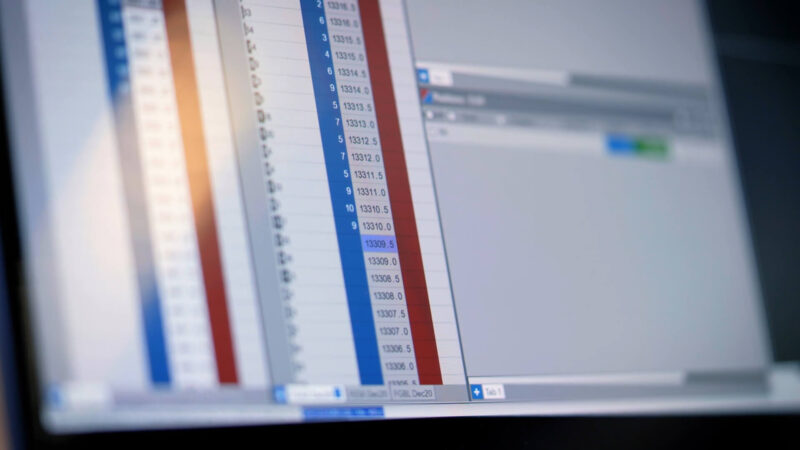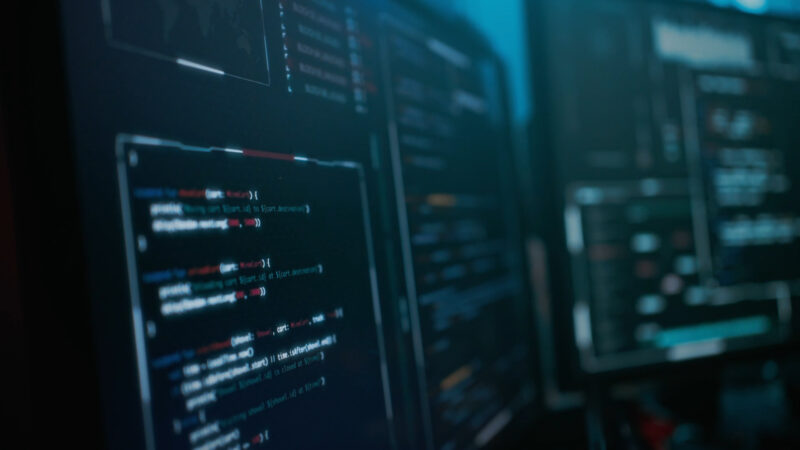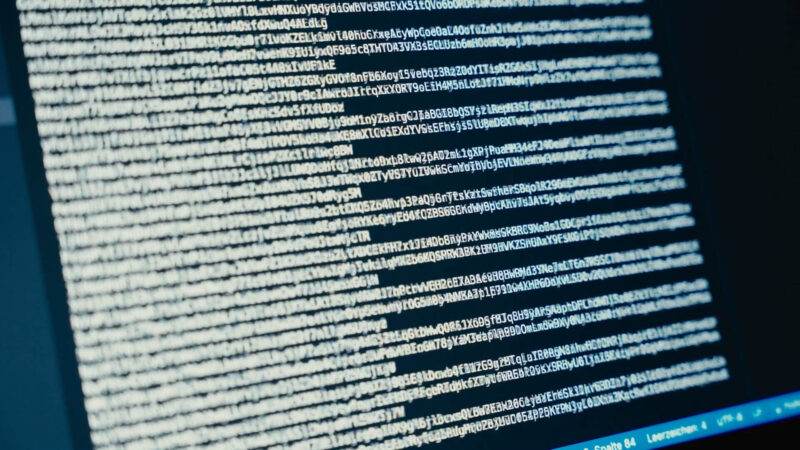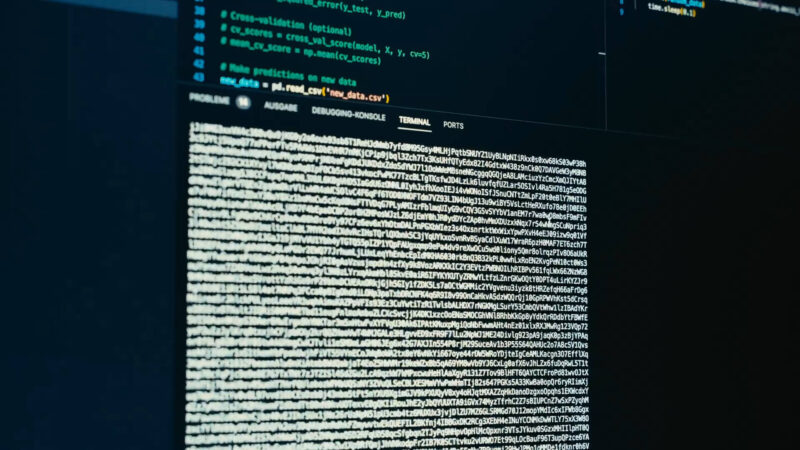Data journalism is about using numbers to share important stories. Instead of just words, you use facts and figures. Some say a picture is worth more than words, but I think spreadsheets are even better! They can show the truth when some stories don’t always get the facts right.
It might sound boring to look at numbers all day, but these numbers are fighting fake stories. If sharing the real deal means trading my pen for tables full of numbers, then that’s what I’ll do. Today, I want to tell you what data journalism is really about and how it affects the news we see.
These numbers aren’t just numbers – they’re about important things happening in the real world. I think if more people learned using facts instead of just opinions, we’d all understand each other better. So, let’s dig into them numbers and see what story they have to share!
The Basics
Imagine journalism and data had a baby. This baby would be super cool, wearing glasses and always carrying around massive spreadsheets. That’s data journalism.
It doesn’t just spew facts and figures but takes those numbers for a wild ride, cleaning them up, putting them in nice outfits (a.k.a. structuring them), and then telling us all a story that we had no clue we needed to hear. That is, at least, the essence.
So, Who Does This Stuff?

Enter the data journalist: a hybrid creature, part hacker, part storyteller, all genius. They sift through digital mountains to find those nuggets of gold that tell us what’s actually going on in the world.
Without them, we’d probably still be thinking that correlation definitely implies causation. Data is important, as it births a clearer picture and factual info.
The next generation of investigative journalists needs to know how to report with data. Virtually every news beat now has publicly available datasets containing troves of information, and the new bar for high-end investigations requires thorough, quantified reporting. – Neil Bedi
A Brief History
“Back in my day,” data journalism was just computer-assisted reporting, hanging out in the USA since 1989. Fast forward, and now we have digital production, with open data websites like the UK’s data.gov.uk popping up in 2009.
It was like opening Pandora’s box, but instead of unleashing chaos, we got very cool civic media projects.
The Toolkit of the Trade

A data journalist’s toolkit is like Batman’s utility belt. It’s got Microsoft Excel for the nitty-gritty, Google Fusion Tables for the fancy stuff, and a whole bunch of coding languages like Python and JavaScript.
Why? Well, pressing “sort A to Z” in Excel doesn’t cut it anymore. That is, at least, if you want to do things the right way.
Why Should You Care?
Revitalizing Investigative Journalism

Remember when investigative journalism was just Woodward and Bernstein with notepads? Data journalism said, “Hold my beer,” and now we have stories that are not just deep but wide and interactive, too.
As a journalist, when you present data, you give extra credibility to your work. Throw in statistics from charts and back them up with some solid proof, and you will get your readers’ attention and trust.
The Watchdog Function
Big Brother is watching you, but data journalists are watching Big Brother. They take those piles of government data and turn them into stories that make us go, “Hmm, that’s not right.”
Another angle is that there is no investigative journalism without data use. As long as you can back up your research with data, your info is credible.
Bridging Gaps

If you thought statistics was just something you suffered through in college, data journalism is here to show you its power. By bridging the gap between dry stats and compelling stories, journalists are telling us why we should care about numbers.
One simply can’t go without the other. If you only present raw data and numbers, the readers will not care much about them. But wrap all of this in an engaging story, and you will get everyone’s attention.
Adapt or Die
The newsroom is evolving. With new digital technologies, journalists are turning into data wizards, creating interactive stories that require us to do more than just read; we get to explore.
Revealing the Hidden
Ever feel like you’re only getting half the story? Data journalists use their skills to dig deeper, revealing connections and truths we wouldn’t see otherwise.
Challenges and Triumphs
Sure, it’s not all rainbows and unicorns. Data can be messy, confusing, and downright intimidating. It’s like that one drawer in everyone’s house that’s full of random junk; you know there’s a treasure in there, but it’s going to take some digging.
And once you find it, you need the skills to make it understandable for everyone else. Being concise about it is very important. As a journalist you always need to have lay audience in mind. Make your stories compelling and digestible, and you get yourself a jackpot.
The Skills That Pay the Bills
Learning to code might seem as appealing as a root canal for some journalists, but it’s becoming non-negotiable. Mastering tools for data extraction and analysis turns a good story into a great one, allowing journalists to base their narratives on hard facts and insightful analysis.
Sure, it might take some time to fully develop the skills in this area, but it will sharpen your craft and make you a better, more skilled journalist at the end of the day.
The Future Is Data-Driven

As our lives become increasingly digitized, the importance of data journalism can’t be overstated. It’s essential for a free society, enabling us to scrutinize the world, hold power to account, and uncover stories that would otherwise remain hidden.
Plus, in a world where everyone and their dog is a “journalist” on social media, having solid facts and data to back up stories is more crucial than ever. Observe it from your own perspective. When you have a choice to read a “he said, she said” article and one with charts, statistics, and detailed tables with credible sources, it is obvious which one you will go for.
The Bottom Line
Data journalism is not just a fad or a buzzword but a crucial part of modern journalism. It’s about making sense of the world in a way that’s engaging, accurate, and, let’s face it, pretty darn cool.
So, next time you read a story that’s got some fancy interactive elements or presents data in a way that actually makes sense, tip your hat to the data journalists out there. They’re the real MVPs, turning spreadsheets into gold.


